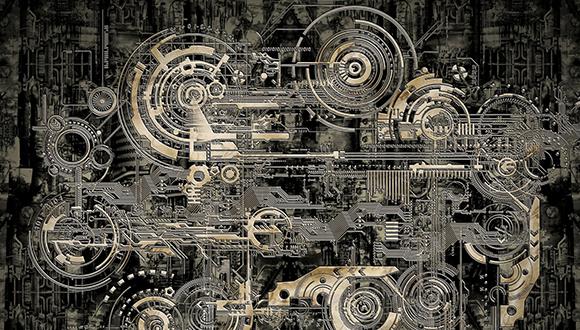School of Mechanical Engineering Roman Golkov
17 בדצמבר 2018, 14:00 - 15:00
בניין וולפסון חדר 206
0
SCHOOL OF MECHANICAL ENGINEERING SEMINAR Monday, December 17, 2018 at 14.00 Wolfson Building of Mechanical Engineering, Room 206
Active Elastic Interactions between Living Cells
Roman Golkov
Ph.D. student of Prof. Yair Shokef
Live cells apply mechanical forces on their environment and sense and respond to the forces created by neighboring cells. The elasticity of the extra-cellular matrix can alter these forces and subsequently the cell’s biological behavior. For example, experiments with pairs of cells plated on synthetic substrates show that cells behavior changes from attractive to repulsive due to changes in the rigidity of the substrate. We theoretically analyze the mechanical interaction between distant cells, with the goal to deduce the biological regulatory mechanisms of cells from their mechanical and geometrical behavior.
We first consider a model of spherical force dipoles, i.e. spherical cells surrounded by a three-dimensional infinite elastic medium that apply radial forces on their environment. We distinguish between ‘dead’ behavior, in which the force dipoles apply fixed external forces and self-displacements and ‘live’ behavior, in which the forces and self-displacements applied change in response to changes that the force dipoles sense in their environment. We compare four different regulatory behaviors, in which the force dipoles preserve their spherical shape and in addition volume, position, both or neither. We identify an interaction energy, which does not exist in the absence of this regulation, and identify which regulatory ingredients govern the sign and which the magnitude of this interaction.
Subsequently, we model cells as disc force dipoles adhered to the top of a semi-infinite elastic medium, and study the effect of the anisotropy of their active contractile forces. We find the quantitative decay of interaction energy with cell-cell distance, and demonstrate how the relative phase angles of their contractility anisotropy can invert the sign of their interaction from repulsive to attractive.


